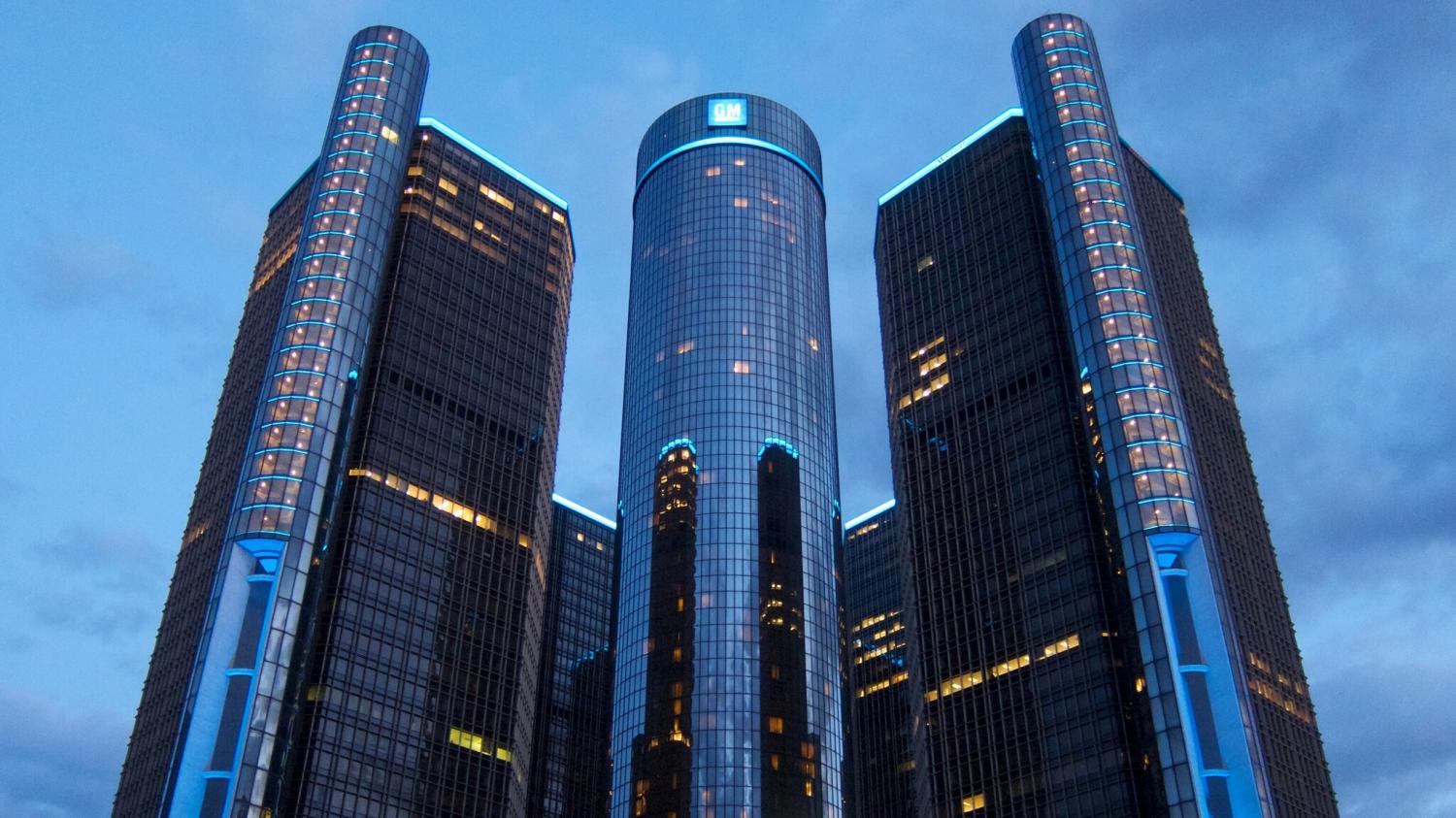
Editor's Note: This story is part of an editorial series featuring companies on CR Magazine's 20th annual 100 Best Corporate Citizens ranking, which recognizes outstanding environmental, social, and governance (ESG) disclosure and performance among the Russell 1,000 Index. You can follow the series here.
Partnering with local utilities has become critical for energy efficiency strategy at General Motors (GM).
Last year, GM completed a series of 21 energy efficiency projects at its Flint Assembly plant and received a payment of $2.8 million from its utility, Michigan-based Consumers Energy.
That brings the total amount of payments to $13.3 million over the past 10 years for energy efficiency improvements at various GM facilities in Michigan.
For a decade, Consumers Energy and General Motors say they have collaborated on efforts that protect the planet. The utility says it has helped Michigan homes and businesses save over $2 billion in costs since 2009 through its various energy efficiency programs and rebates.
"General Motors is an example to all businesses, large and small, of how to take control of energy use and reduce costs while protecting the planet," Brian Rich, Consumers Energy’s senior vice president for customer experience, said in a public statement. "They show it's possible to make decisions that are good for business and the environment."
Consumers Energy, Michigan's largest energy provider, is the principal subsidiary of CMS Energy, which provides natural gas and electricity to a total of 6.7 million of the state's 10 million residents across the 68 counties in the Lower Peninsula.
Beyond energy efficiency
Energy efficiency goes hand in glove with renewable energy when the ultimate goal is to reduce carbon intensity.
Through a combination of energy efficiency and investments in renewables, GM has already beat a 10-year, 20 percent carbon intensity reduction it set in 2010.
With that in mind, it’s worth nothing that GM received 135 Energy Star recognitions from EPA this year, making it the most-awarded company to participate in this program.
GM is also the only auto manufacturer on the list of top 100 renewable energy users tracked by EPA’s Green Power Partnership.
GM earned the #29 slot on that list, and it is also #14 among Fortune 500 companies that have appeared on these latest rankings. In addition, the automaker is currently perched at the #6 position in the partnership’s list of on-site clean energy generators.
Scaling up for cutting down on carbon intensity
Currently, more than 10 percent of GM’s overall power needs in the U.S. come from renewable energy.
Now, the company has its sights set on 100 percent renewable energy by 2050, and says it will accomplish that by leveraging both energy storage and energy efficiency.
To meet that goal, GM needs to enlist economies of scale and stimulate growth throughout the entire clean technology supply chain.
Partnering with local utilities such as Consumers Energy is an important element in that strategy.
For the past 10 years, GM has participated in an energy efficiency payment initiative with Consumers Energy, and this year Consumers Energy tapped GM to participate in a new program that enables the company to claim 100 percent renewable energy for its operations in Flint.
In addition, last year the utility’s parent company, CMS Energy, began providing wind power for GM’s Ohio operations. Other utilities are partnering with the automaker, too.
Earlier this year, GM started working with the utility DTE for a program that will enable it to claim 100 percent wind-sourced electricity at its global center in Warren, Michigan, and at its operations in the Renaissance Center (pictured above) in downtown Detroit.
GM's work with power generation companies, both large and small, is a template for how other multinational companies, regardless of industry, can work in lockstep with utilities to reduce energy consumption, which in the long term is a net positive for local communities and the planet.
Whether or not the U.S. government is in - or out - of the 2015 Paris Agreement on Climate Change, companies like GM are seeing the low-carbon economy of the future, and they are deploying both energy efficiency and renewable energy technologies to help get there.
Image credit: GriYYZ/Flickr

Tina writes frequently for TriplePundit and other websites, with a focus on military, government and corporate sustainability, clean tech research and emerging energy technologies. She is a former Deputy Director of Public Affairs of the New York City Department of Environmental Protection, and author of books and articles on recycling and other conservation themes.














